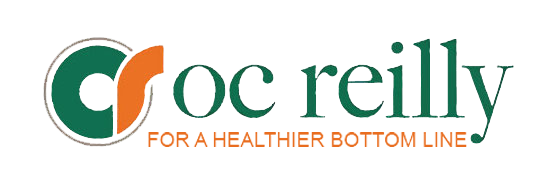OC Reilly Blog: When Outcomes Drive Income
By Mike Polaski, Executive Director, Supply Chain, OC Reilly Inc.
(Nov. 29, 2015)–In business, manufacturers and producers of goods and services typically follow one of two possible models to achieve their revenue and profit goals – high volume or high margin.
For the high-volume model, think of Wal-Mart. Its discount prices make the profitability of each sale very low, so they need to sell many more items (high volume) to reach their financial goals. For a high-margin example, think of Nordstrom. Its merchandise carries a higher price tag, which means that the company makes more profit on each sale (high margin), so they may not need to sell as many items to achieve their targets.
The health care industry finds itself shifting from a high-volume model, based on generating income from as many “transactions” between patients and medical providers as possible, to a high-margin model, securing payment from ensuring quality patient outcomes.
Supply chain decisions fit into this outcome-based platform, as well, as discussed by Brandin Parrett, Director of Operations for Onsite Management Group, in the July/August 2015 issue of Supply Chain Strategies and Solutions magazine.
“Supply chain costs are typically second only to payroll expenses for most health care organizations,” the article states. “What must be fully understood are the costs related to supply chain and developing a plan to minimize costs and maximize revenue. Health care organizations are under tremendous pressure to match resources with outcomes, while managing the difficulty of demonstrating the value inherent in their supply chain as an organizational asset. New methodologies require shifting from a transactional-based mindset to an outcome-based mindset (that) focuses on achieving goals with the best interest of both the health care organization and its patients.”
As health care providers look for ways to not only maintain or increase the number of patients they treat – but, increasingly, to also maintain or increase the quality of care to yield a positive patient outcome – all associated costs must be carefully and consistently monitored for peak efficiency and higher margins. That’s where active and diligent supply chain management can play a key role for the foreseeable future.
More and more in health care today, outcomes drive income. Smart supply chain decisions can keep that income as high and healthy as possible.
